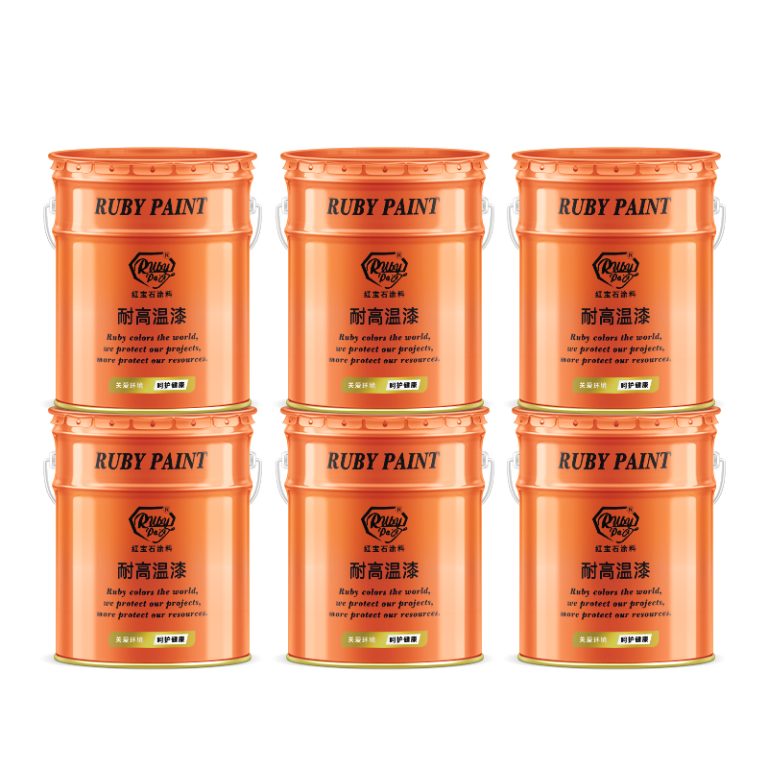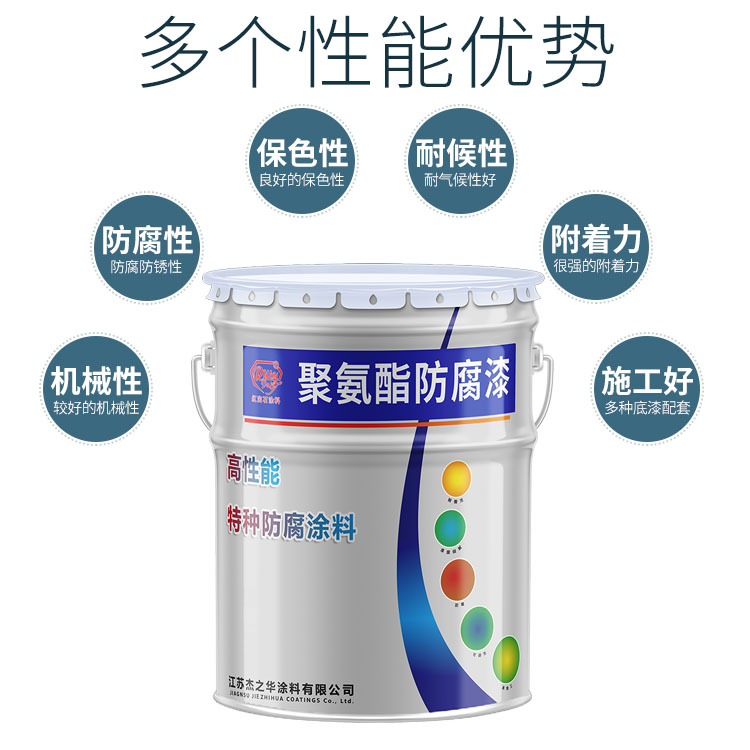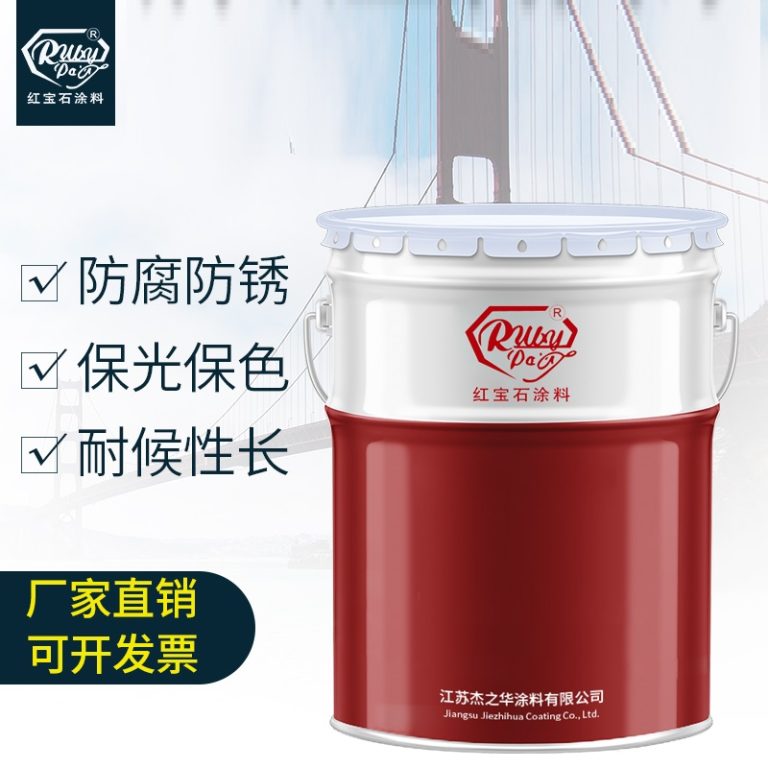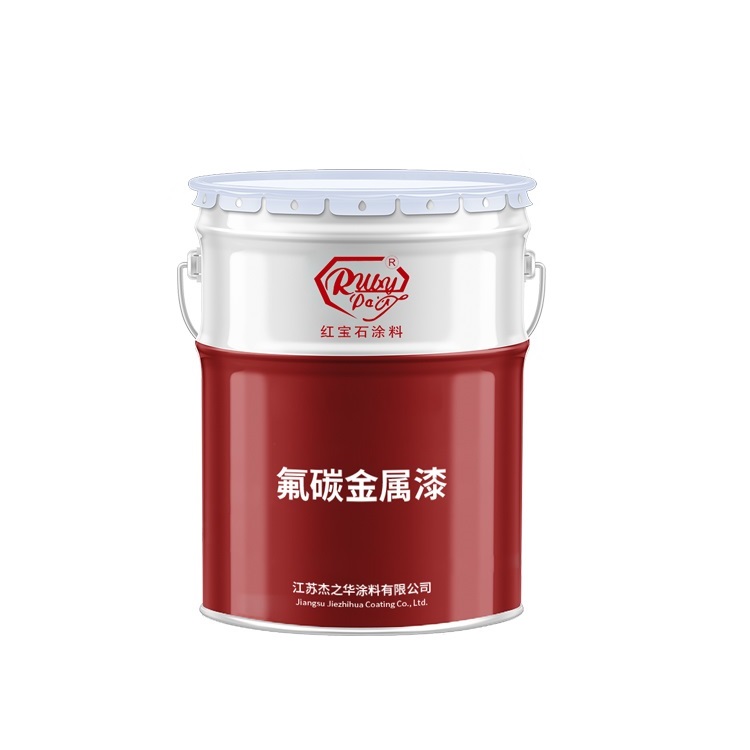Table of Contents
Benefits And Applications Of Chlorinated Rubber Paint Blue In Industrial Settings
Chlorinated rubber paint blue is a specialized coating that offers a multitude of benefits in industrial settings. This type of paint is formulated with chlorinated rubber, which provides a durable and resilient finish. The addition of blue pigmentation not only enhances the aesthetic appeal but also serves practical purposes in various industrial environments.
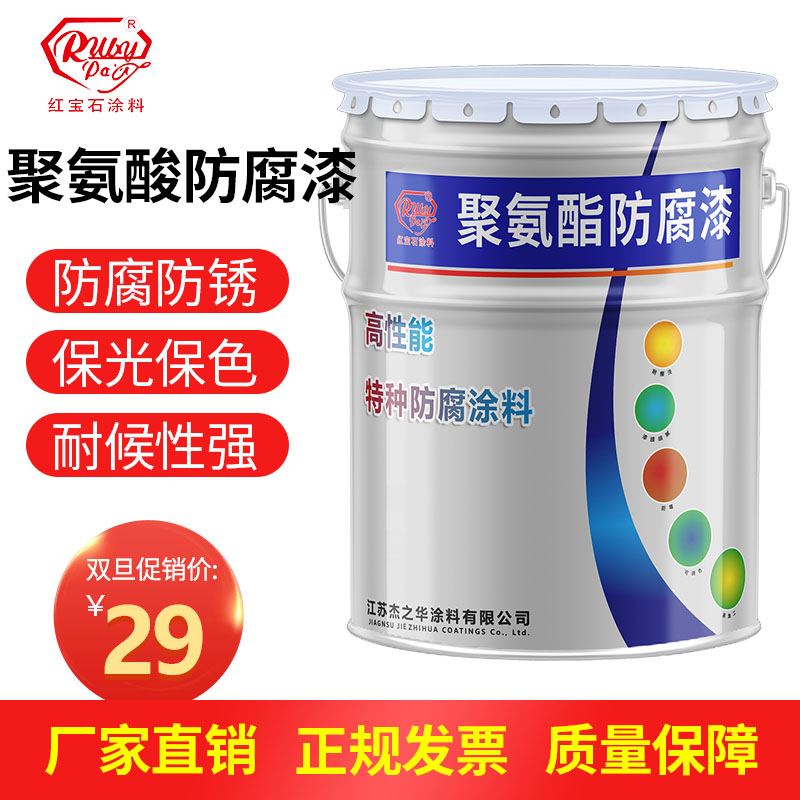
One of the primary advantages of chlorinated rubber paint blue is its exceptional resistance to chemicals. Industrial facilities often deal with harsh chemicals and substances that can corrode or damage standard paints. However, chlorinated rubber paint is specifically designed to withstand exposure to acids, alkalis, salts, and other corrosive elements. This resistance ensures that the coating remains intact and continues to protect the underlying surfaces, thereby extending their lifespan and reducing maintenance costs.
Moreover, chlorinated rubber paint blue is highly resistant to water and moisture. In environments where humidity levels are high or where surfaces are frequently exposed to water, this paint provides an effective barrier that prevents water ingress. This characteristic is particularly beneficial in settings such as chemical plants, water treatment facilities, and marine applications, where moisture-related degradation is a common concern. By preventing water penetration, chlorinated rubber paint helps to avoid issues such as rusting, rotting, and mold growth, which can compromise the structural integrity of the facility.
Another significant benefit of chlorinated rubber paint blue is its quick-drying property. In fast-paced industrial operations, downtime for maintenance and repairs needs to be minimized. Chlorinated rubber paint dries rapidly, allowing for a quicker return to service after application. This feature not only saves time but also reduces labor costs associated with prolonged painting projects.
The blue color of the paint also plays a crucial role in industrial settings. Blue is often used to denote specific areas, equipment, or pipelines that require particular attention or caution. By using chlorinated rubber paint in blue, facilities can enhance visibility and improve safety standards. The bright and vibrant hue ensures that important components are easily identifiable, reducing the risk of accidents and facilitating smoother operations.
In addition to its protective qualities, chlorinated rubber paint blue is also known for its versatility. It can be applied to a wide range of surfaces, including metal, concrete, and wood. This adaptability makes it an ideal choice for various applications within an industrial facility, from machinery and storage tanks to floors and walls. The paint adheres well to different materials, providing a uniform and attractive finish that enhances the overall appearance of the environment.
Furthermore, chlorinated rubber paint blue is environmentally friendly compared to some other industrial coatings. It contains fewer volatile organic compounds (VOCs), which are harmful to both human health and the environment. By opting for this type of paint, facilities can reduce their ecological footprint and comply with environmental regulations, while still achieving the desired level of protection and aesthetics.
In conclusion, chlorinated rubber paint blue offers a comprehensive solution for industrial settings that require a robust, versatile, and visually distinct coating. Its chemical and water resistance, quick-drying properties, and adaptability to various surfaces make it an invaluable asset in maintaining the functionality and safety of industrial facilities. By choosing this type of paint, businesses can ensure the longevity of their infrastructure and create a more efficient and sustainable operation.
Comparison Of Chlorinated Rubber Paint Blue With Other Protective Coatings For Swimming Pools
Chlorinated rubber paint blue is a specialized coating designed to provide superior protection for swimming pools. This type of paint is formulated with chlorinated rubber resin, which offers excellent resistance to chemicals, UV rays, and abrasion. As a result, chlorinated rubber paint blue is highly durable and can withstand the harsh conditions often found in swimming pool environments.
When compared to other protective coatings for swimming pools, chlorinated rubber paint blue stands out for several reasons. Firstly, its chemical resistance is noteworthy. Swimming pools are regularly exposed to various chemicals, such as chlorine and other sanitizing agents. These chemicals can be harsh on coatings and may cause them to degrade over time. However, chlorinated rubber paint blue is specifically designed to resist these chemicals, ensuring that the coating remains intact and continues to protect the pool surface.
| Nr. | Product |
| 1 | Fluoracarbon primer paint |
Another advantage of chlorinated rubber paint blue is its resistance to UV rays. Prolonged exposure to sunlight can cause some coatings to fade or become brittle. This can lead to cracking and peeling, which not only affects the appearance of the pool but also reduces the effectiveness of the protective coating. Chlorinated rubber paint blue, however, is formulated to resist UV degradation, helping to maintain both the aesthetic and protective qualities of the coating over time.
www.youtube.com/watch?v=kCkCI75Qvv8In terms of abrasion resistance, chlorinated rubber paint blue also excels. Swimming pools are subject to frequent use, which can cause wear and tear on the coating. This type of paint is tough and can withstand the constant contact with pool cleaning equipment, swimmers, and other sources of abrasion. This durability helps to extend the lifespan of the coating, reducing the need for frequent touch-ups or complete recoating.
While chlorinated rubber paint blue offers many benefits, it is important to compare it with other protective coatings to determine the best option for a specific swimming pool. Epoxy paints, for example, are another popular choice for pool coatings. Epoxy paints are known for their strong adhesion and smooth finish. They provide a seamless, waterproof barrier that protects the pool surface from moisture and chemicals. However, epoxy paints can be more susceptible to UV damage and may require a UV-resistant topcoat to maintain their appearance and effectiveness.
Acrylic paints are also commonly used for swimming pools. These water-based paints are easy to apply and have a quick drying time. Acrylic paints are environmentally friendly and emit fewer volatile organic compounds (VOCs) compared to solvent-based paints. However, they generally offer less chemical and abrasion resistance compared to chlorinated rubber paint blue, making them more suitable for pools with lighter usage.
In conclusion, chlorinated rubber paint blue is a highly effective protective coating for swimming pools, offering excellent resistance to chemicals, UV rays, and abrasion. Its durability makes it an ideal choice for pools that experience heavy use or harsh conditions. While other coatings like epoxy and acrylic paints have their own advantages, chlorinated rubber paint blue provides a robust solution for those seeking long-lasting protection for their swimming pool. When selecting a pool coating, it is essential to consider the specific needs and conditions of the pool to ensure the chosen product delivers the desired performance and longevity.
| Number | Name |
| 1 | Fluoracarbon finish paint |

